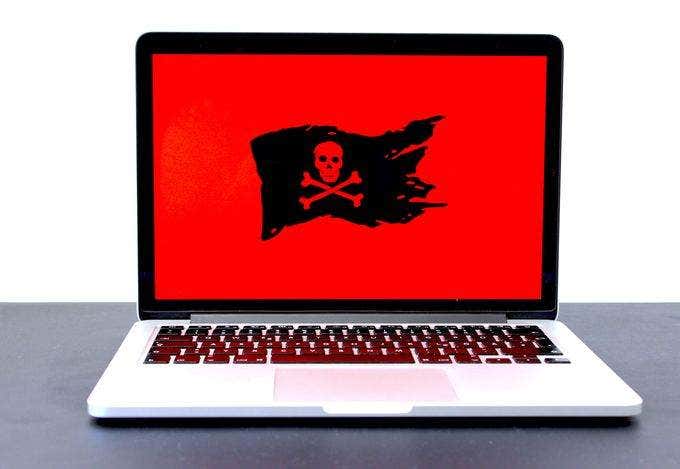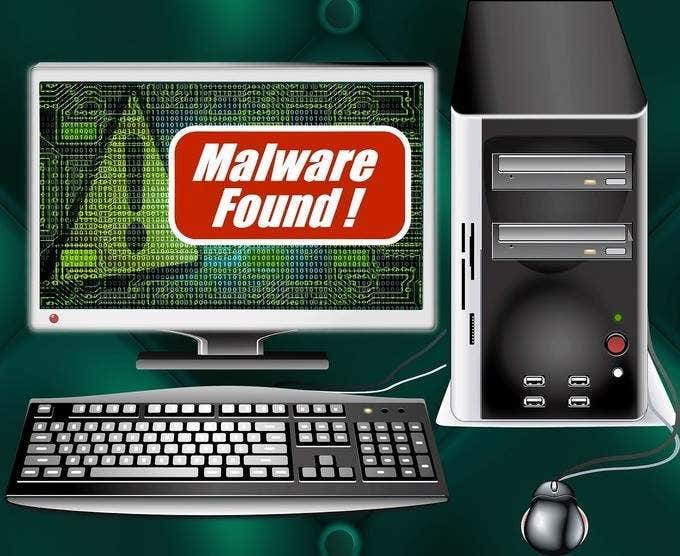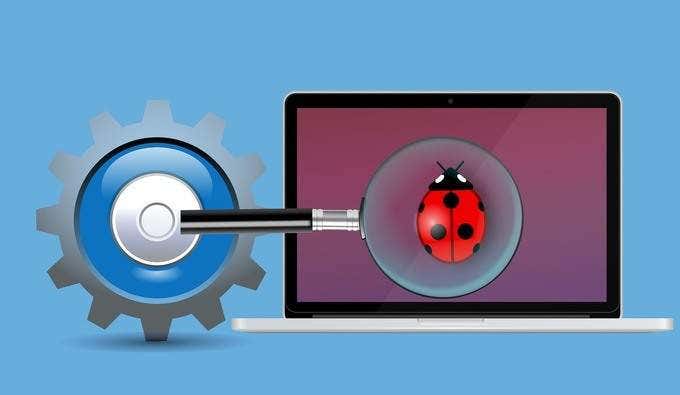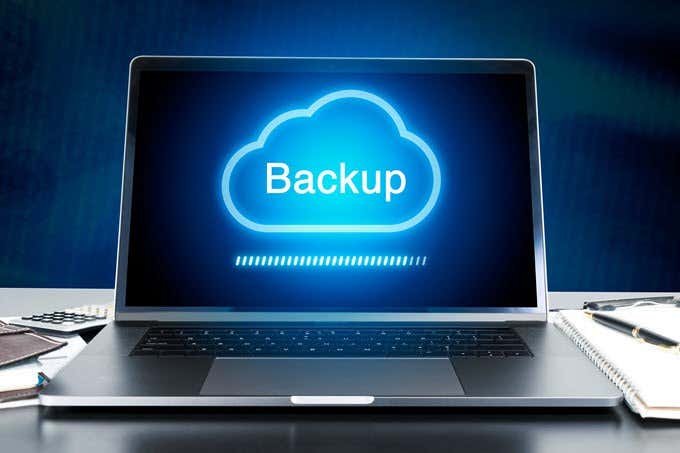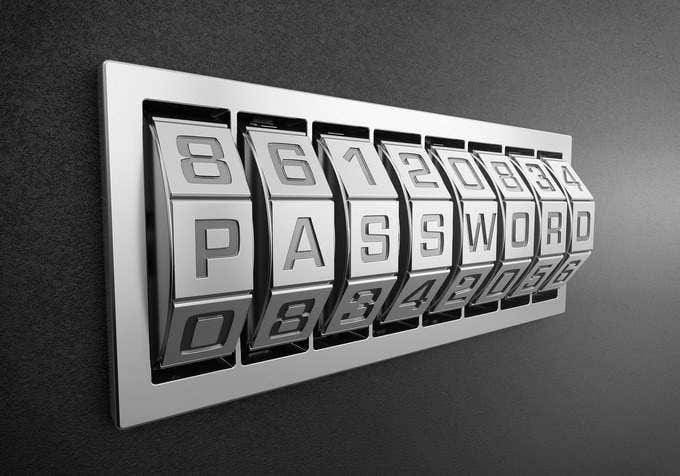Malware infections usually come through visiting compromised websites, clicking on the links to malicious sites from social media or email messages, or inserting infected USB flash drives. Similarly, vulnerabilities in your operating system and applications make it easier for cybercriminals to install malware on your server. The main goal is to steal data but direct attacks also happen for other nefarious purposes. They’re easier to compromise owing to zero-day vulnerabilities that make them a more valuable target. However, not every error on its own can trigger red flags, but if you know what to look out for, there are some unexpected behaviors that may set off alarm bells.
Telltale Signs of a Malware-Infected Computer or Server
If you think your computer or server has been infected with malware, check for behaviors such as: · Reduced performance · Slow-running processes · Excessive hard drive activity · Inability to connect to the internet · On-screen warnings of system infection · Browser-jacking or redirects · Inability to open Microsoft Installer or EXE files · Missing files, no entries under Start Menu or a blank C:drive · Antivirus icon can’t be started or disappears from system tray · No access to higher-level system control functions · Longer load times for windows or not opening at all · Seemingly random programs run in the background · Internet home pages on your browser have been changed · Frequently occurring pop-up ads than the usual · Unusual icons and erroneous Device Manager So what do you do if you see these and other strange behaviors on your computer or server? Below is our roundup of the immediate fixes and preventive measures you can take going forward.
Scan Your System Immediately
This is the first line of defense. If you have an antivirus installed, scan your system immediately to check for any possible malware infections. If the infection is obvious and easily located, you can attempt a removal. If nothing is found, and you still feel something’s not right, you can run an alternative current and tested antivirus scanner. Remember to regularly run an antivirus scan for your computer and real-time and scheduled scans for servers, and all other devices connected to it via FTP. Invest in a good malware removal software, and a server monitoring tool for real-time updates on your server’s performance.
Boot Your Computer into Safe Mode
Disconnect your computer from the internet and boot into Safe Mode. In this state, only the minimum required services and programs will load, and prevents any malware is set to startup when your OS starts (the process varies depending on your OS). If your PC runs faster in Safe Mode, it could mean two things: you have many programs that startup with your OS, or a malware infection. Before starting anything, delete temporary files to accelerate the malware scan, while clearing downloaded virus files. Make sure your OS and apps are always updated with the latest security patches.
Restore Clean Backups
One of the main symptoms of an infected computer is missing files, and this can be remedied by maintaining regular backups of your data. This way, if the infection is difficult to remove, you can still start over using files you had backed up to your external hard drive or cloud backup, with minimal impact. Run virus and malware scans on the backups too just to be sure they’re not infected as well. For your website, replace any infected files with uninfected copies from the clean backup. Alternatively, if you don’t have a backup, ask your host for old versions of your files.
Stick to Reputable Sites and Apps
The internet is chock full with incredible content and amazing apps. But, downloading such apps or visiting every other site can be a dangerous game. Stick to reputable sites and always know what’s behind the link before you click on it. If you doubt the site or link, do an online search to check if it’s a known online scam.
Counter-check Email Attachments and Links
Email attachments, whether from someone you know or not, may also be infected by malware and used to spread infection. The remedy is not to open files you’re unsure about and scan them before downloading and opening on your computer. Cybercriminals use phishing emails to lure you into clicking on them, and visiting malicious sites or downloading infected files. These can be anything from a fake bank notification or message from a friend, or even a supposed virus warning. Don’t open files with extensions such as .exe, .com, .pif and .src.
Use Strong Passwords or Authentication Tools
Passwords and other confidential data are one of the main targets of cybercriminals. This is why it’s important to use a strong, unique and complex password combination for each online account. If you can’t remember all your passwords, get a good password manager to help you with that. Also use two-factor authentication where available for an extra layer of protection. For your website and server, change all associated access codes, and use FTP over SSL or SFTP for encrypted webspace access, instead of the normal FTP access.
Use Google Search Console
This tool can detect when there’s malware infection in a website as iti scans for such software, and then gives you the necessary assistance to resolve it. Once you find and remove the malicious code string, contact search engines to reconsider and/or remove your site from their blacklists of sites with malware. You can use this tool for Google, or use Bing Webmaster Tools.
Conclusion
Getting rid of malware can be tricky. How you pull it off depends on the bugs you manage to catch, but the methods above will help minimize the risk of repeat infection while getting rid of them without destroying your data.
